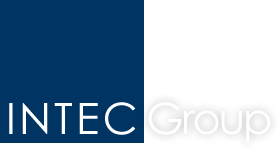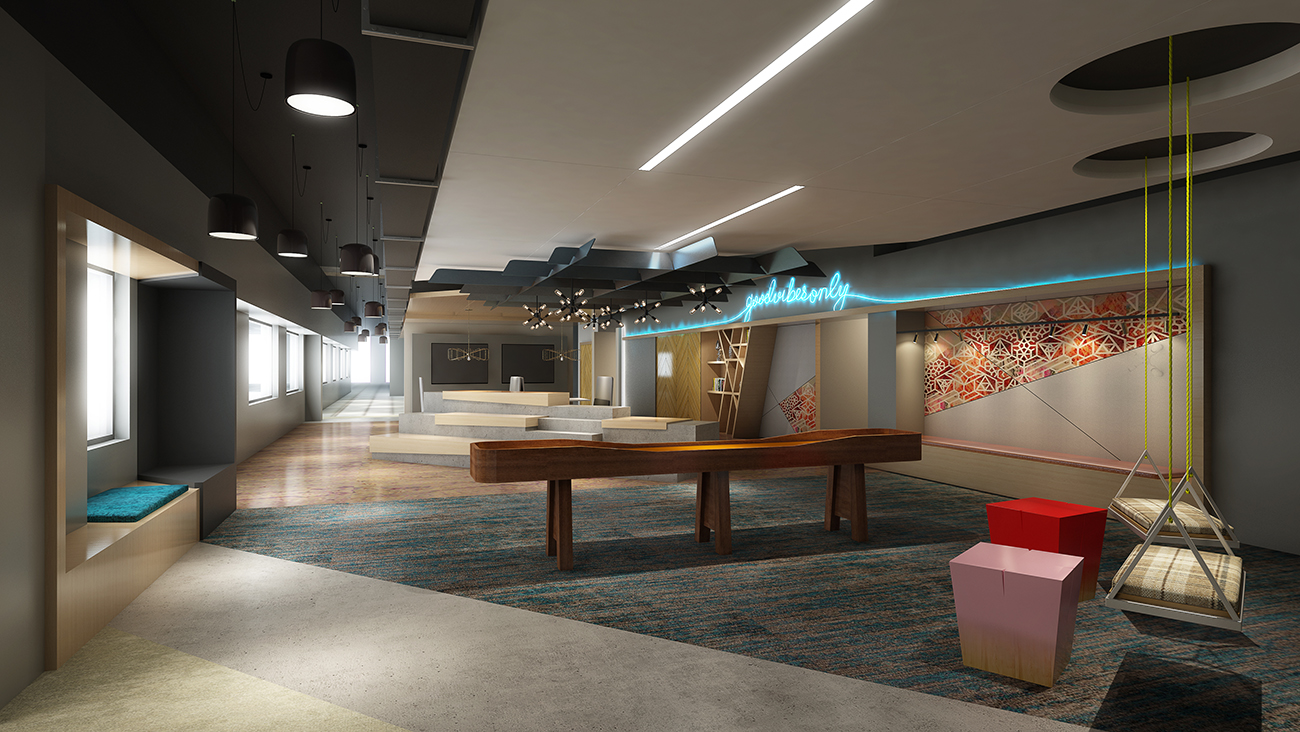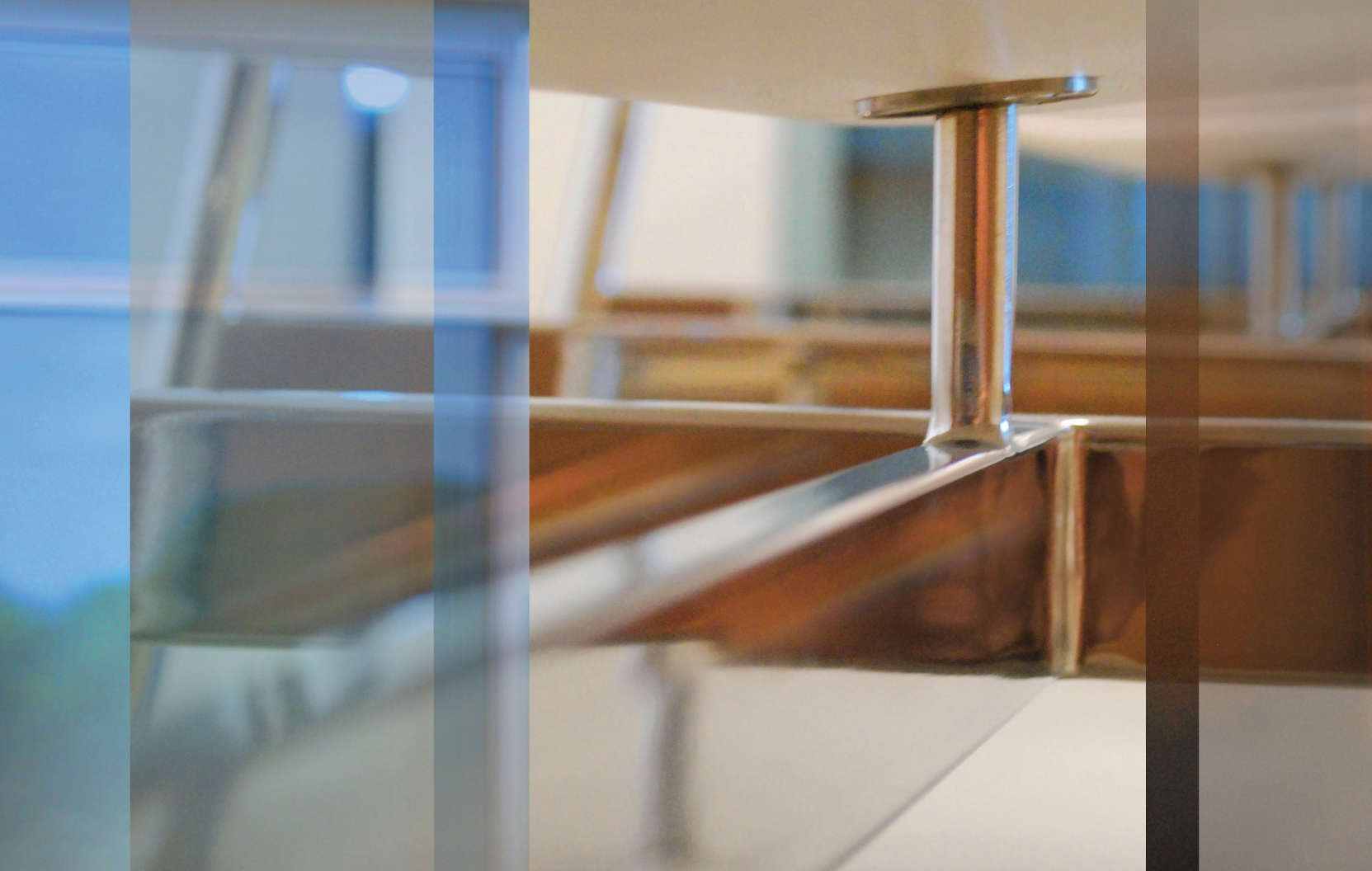By: Meredith Goldberg, Kaitlin Bonney, Stephanie Houston, Joe Sehrer, and Enzo Marfella
Where do ideas come from?
Every great design starts from the same place. It all begins with an idea. Maybe it’s a carefully planned presentation or just an off-the-cuff suggestion that snowballs into something bigger.
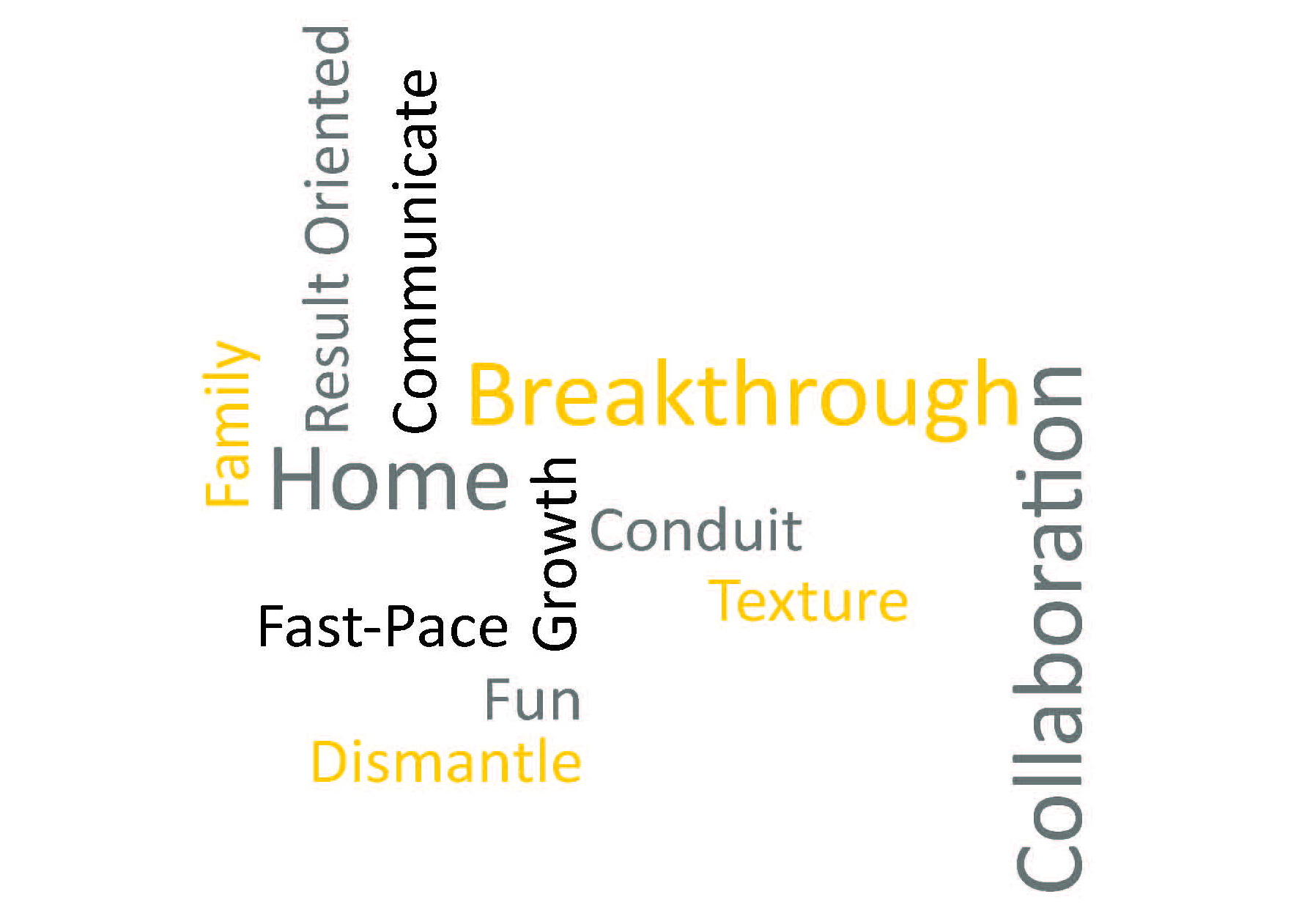 No matter their origin, ideas carry weight, and very few, if any should be immediately discarded. Even if it sounds crazy at first, it’s often the crazy ones that leave the strongest impression. Around here, we invite and encourage ideas from every member of the team. You never know when the next great design will come from a seemingly unexpected source.
No matter their origin, ideas carry weight, and very few, if any should be immediately discarded. Even if it sounds crazy at first, it’s often the crazy ones that leave the strongest impression. Around here, we invite and encourage ideas from every member of the team. You never know when the next great design will come from a seemingly unexpected source.
When our teams are first presented with a new design challenge from a client, our first goal is to develop a concept. This is much more than a theme or aesthetic that will be woven throughout the work. Rather, it’s the creative nexus from which every subsequent idea throughout the project life cycle will emerge. Every color selection, every texture, the curve and angle of every corner, all of the ingredients that make up a memorable experience in architectural design, will be filtered through the lens of the concept – the one big idea that makes every piece part of a whole.
To reach that concept, we start with our most valuable resource, our people. We partner with our clients and take them through several ideation exercises, beginning with visioning. This is a chance for us as designers to work side-by-side with a client to truly challenge them on what makes their brand experience unique. It takes them out of their comfort zones and forces them to reflect on their brand, mission, vision of the future and what defines their success.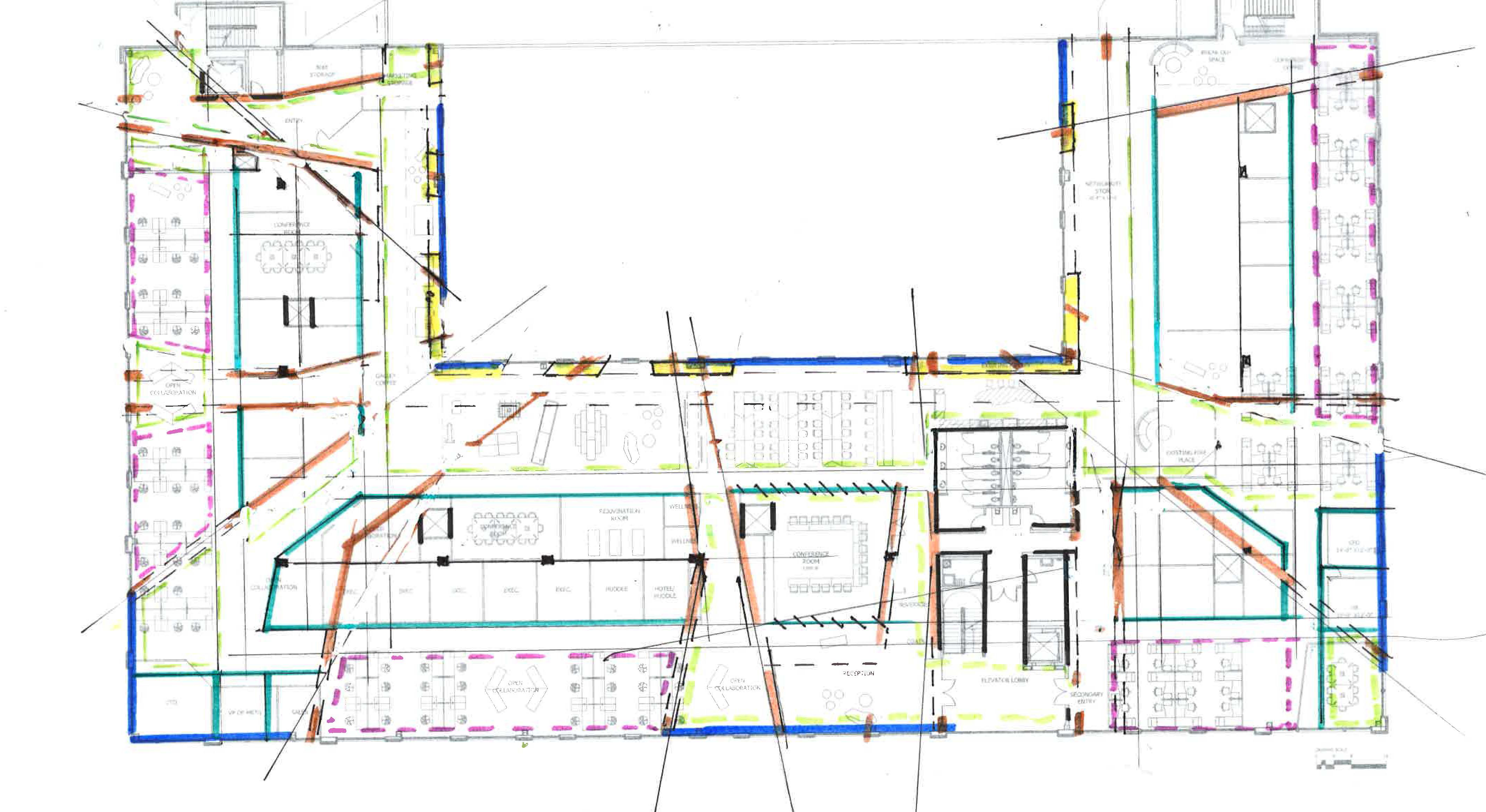
This all-hands-on experience goes through phases where we listen, observe, ask questions and absorb every detail. As we strive to help our client tell their story, our exercise ideas continue to evolve and change, challenging our process with fresh new approaches at every opportunity. Here are a few exercises that have leveraged great results. One initial task is centered around verbiage. How do they want to define their space, and in turn their brand, in a word? We boil the list down to keywords or phrases that represent who or what the brand is and what it wants to become.
Emotional imagery is another exercise option that follows the same style as word identification, but with an assortment of visuals designed to convey or elicit specific emotions – a picture of a setting sun or a child laughing on a swing set. In the same way that a single word can effectively sum up and define a brand’s experience, so can a truly evocative image.
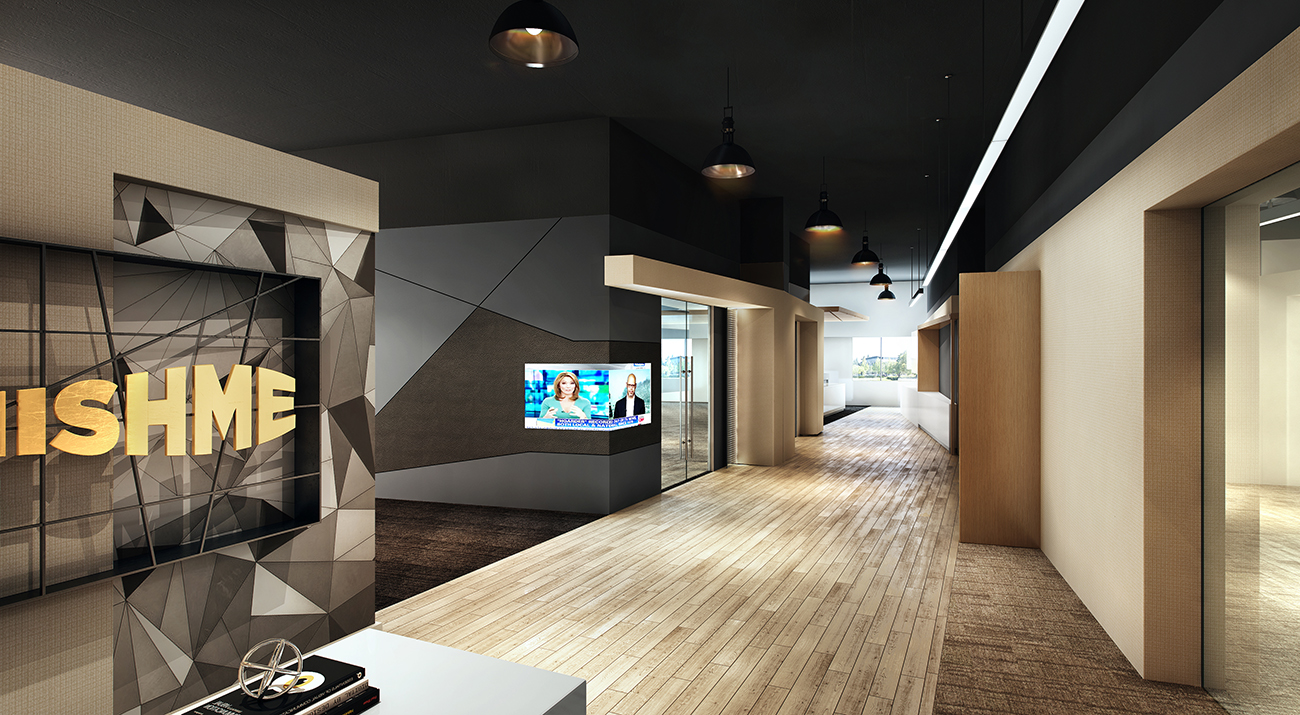
Architectural imagery is one of the most tangible parts of our visioning exercises. This is where the visuals shift from the abstract to the real world. Some images of projects created by us, others by designers we admire, are placed before the client to offer inspiration and insight into the possibilities available to them.
Visioning ignites the process to begin exploring design language and experiences within the built environment. These initial exercises guide us through the phases of schematic design and design development where we begin to model and sculpt space through the lens of a meaningful and metaphoric concept for architectural design. Our teams could come to conclusions of what we assume a client will want to see in their space, but we choose to collaborate and work through the exercises to create a cohesive and efficient process. The visioning exercise puts us inside the minds of our clients, deeper than any primary or secondary research would allow us to go, and that is often where the best design breakthroughs are found.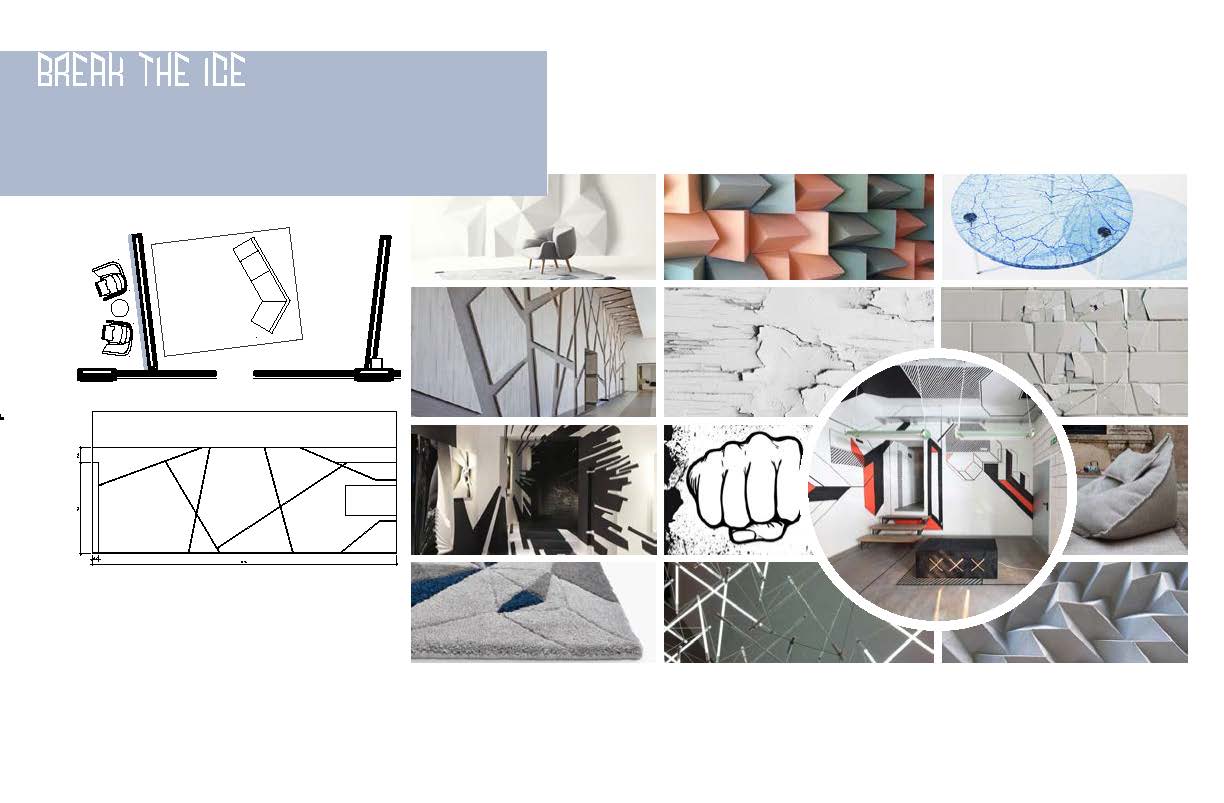
Teaming up with our clients not only helps them to articulate their wants and needs for a project, it also keeps our design muscles in shape by viewing things through a variety of perspectives. It’s vital for us to speak with people who don’t think like us every day – lawyers, brokers, bankers, doctors – individuals who don’t regularly go through the design process. Often, designers can feel like we’re working in a vacuum or designing in a way that puts blind spots on outside perspectives. Freshening up the field and including more voices in the conversation allows the ideas to flow more freely, popping the bubbles that too often keep people in their comfort zones.
Being innovative and scrappy when it comes to ideation is what ultimately sets our designs apart from other firms. We bring that mindset into each new client project that comes our way and through this process, no journey from idea to design concept to finished space is ever the same. Through collaboration and creativity, each one is true to the core values of our clients and distinctly INTEC.
